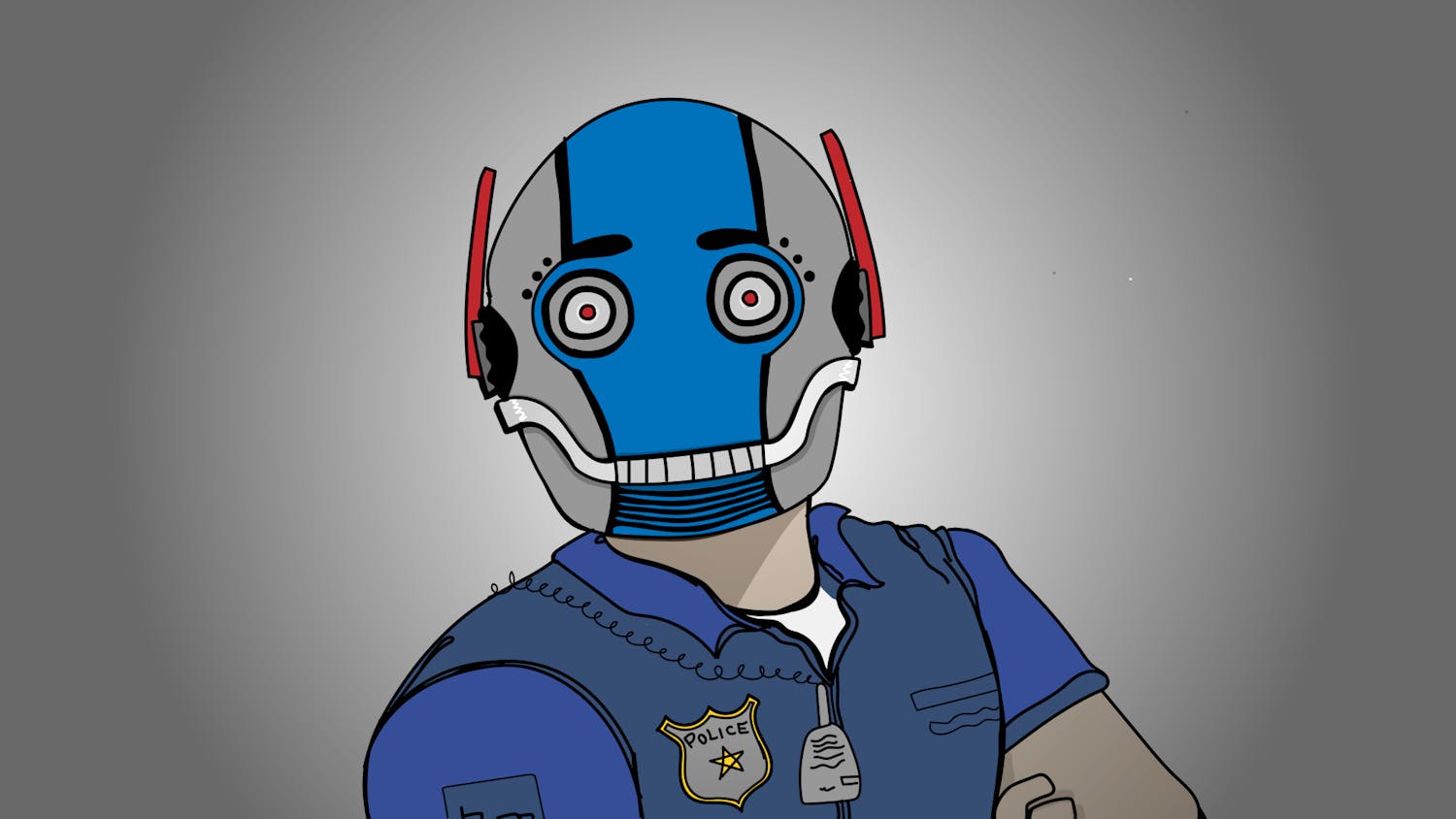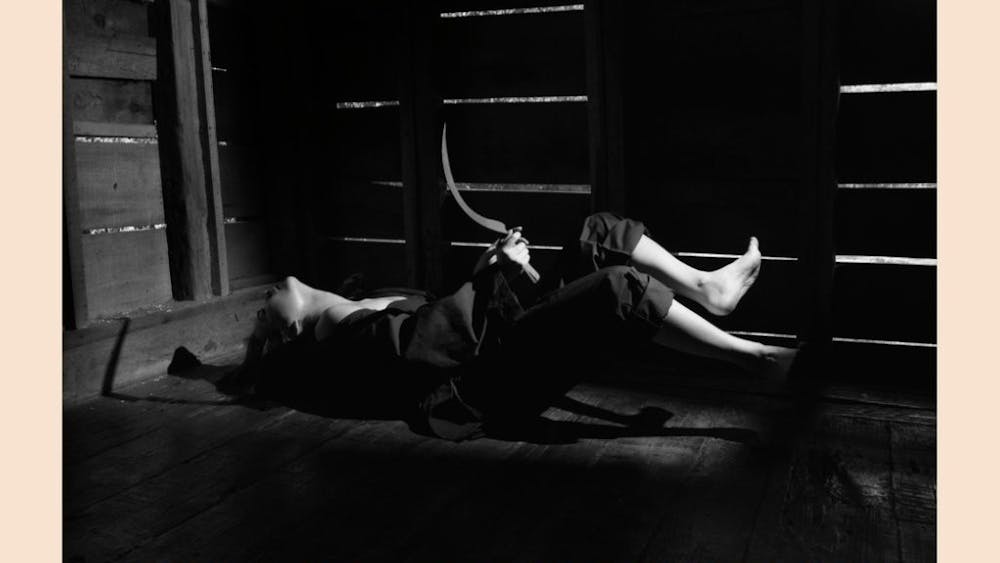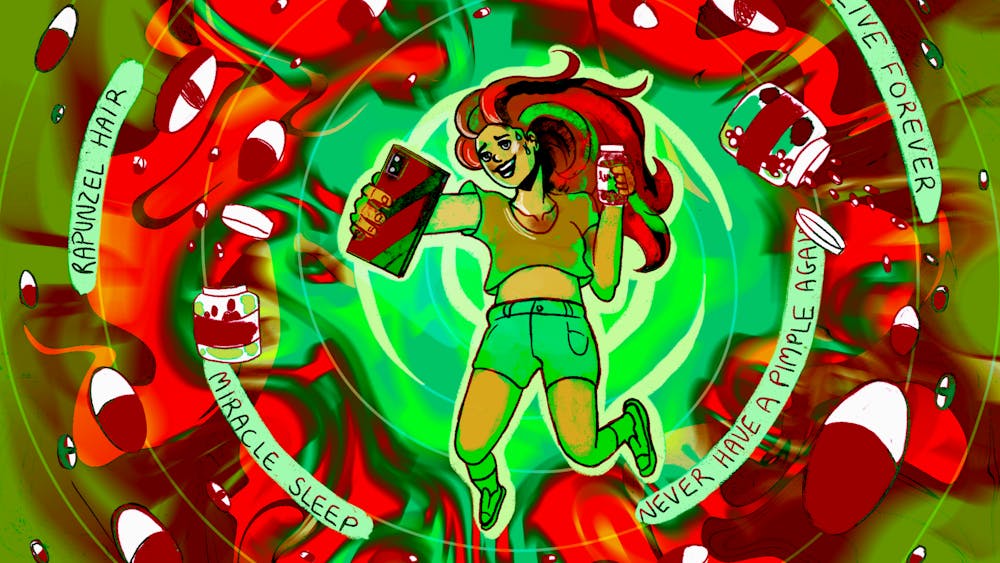It has been about three and a half months since I became a member of the media, and the experience has generally been rewarding. But there has been one considerable disappointment: I have neither been invited to join the "liberal elite," nor the "vast right-wing conspiracy." I have seen no secret handshakes, no passwords and no hidden tattoos. No one has offered me a furry hammer-and-sickle-bearing hat or a pointy white hood and certainly no dinero from special-interest groups or shadowy political think-tanks. \nI feel like a wallflower at a junior-high dance.\nLately, conservative Ann Coulter and liberal Eric Alterman have gained attention for tackling the bias issue. Or, rather, for accusing their adversaries of bias. In "Slander: Liberal Lies About the American Right," Coulter declares the right is outnumbered: "The public square is wall-to-wall liberal propaganda. … The spirit of the First Amendment has been effectively repealed for conservative speech by a censorious, accusatory mob." In "What Liberal Media? The Truth About 'Bias' and the News," Alterman warns the left is outmatched: "Even the genuine liberal media is not so liberal. And it is no match -- either in size, ferocity, or commitment for the massive conservative media structure that, more than ever, determines the shape and scope of our political agenda."\nEach has their rogues' gallery. Coulter's includes NBC's "Today" show, the New York Times, Time Magazine and CBS' News and "Early Show," to name but a few. For Alterman, it's "Fox News, The Wall Street Journal, The Washington Times, New York Post, American Spectator, Weekly Standard, New York Sun, National Review, Commentary and so on."\nWhat's really going on? \nWell, over a century ago, Oscar Wilde observed this of the press: \n" … The unhealthy conditions under which their occupation is carried on oblige them to supply the public with what the public wants, and to compete with other journalists in making that supply as full and satisfying to the gross popular appetite as possible." \nWilde was complaining about the press's fixation on celebrity scandal (gee, can't imagine why). But this argument holds for phenomena like the "human-interest story," the "trial of the century" or other media events which command great attention with little relevance to the audience-members' lives.\nAnd it biases political reporting, as well. \nIt is no longer enough for national news organizations, whether in the form of newspapers, magazines, radio, television or Web sites, to argue that they are a greater source of timely, pertinent and/or reliable information. The wide amount of information available today has made this advantage moot. You can just change the channel or double click a new Web link.\nHow, then, can a source gain a competitive advantage? \nSimple: Let your audience feel like it's right, particularly through confirming it's fears. \nWhy is the Fox News Channel the most popular cable news channel in America (The Weekend Australian, August 16)? Why did Lichter's Center for Media and Public Affairs find that: "Coverage of the Bush administration's consideration of a military strike against Iraq, as seen in the network newscasts and in front-page New York Times stories from … July 1 through Aug. 25, was 72 percent negative" (The Washington Post, Dece. 18, 2002)? Why could Marina Jimenez report "There are two wars in progress over Iraq. The one on CNN bears no resemblance to the one on its Arab equivalent, Al Jazeera …" (Ottawa Citizen, April 1)? \nThink about it, if you don't agree with an opinion column, do you read the whole thing or skip it and move on to something else?\nObjectivity no longer pays. Weigh the facts. Make up your own mind. Don't trust people to do it for you. \nExcept me, of course.
Left, right, left
Get stories like this in your inbox
Subscribe





